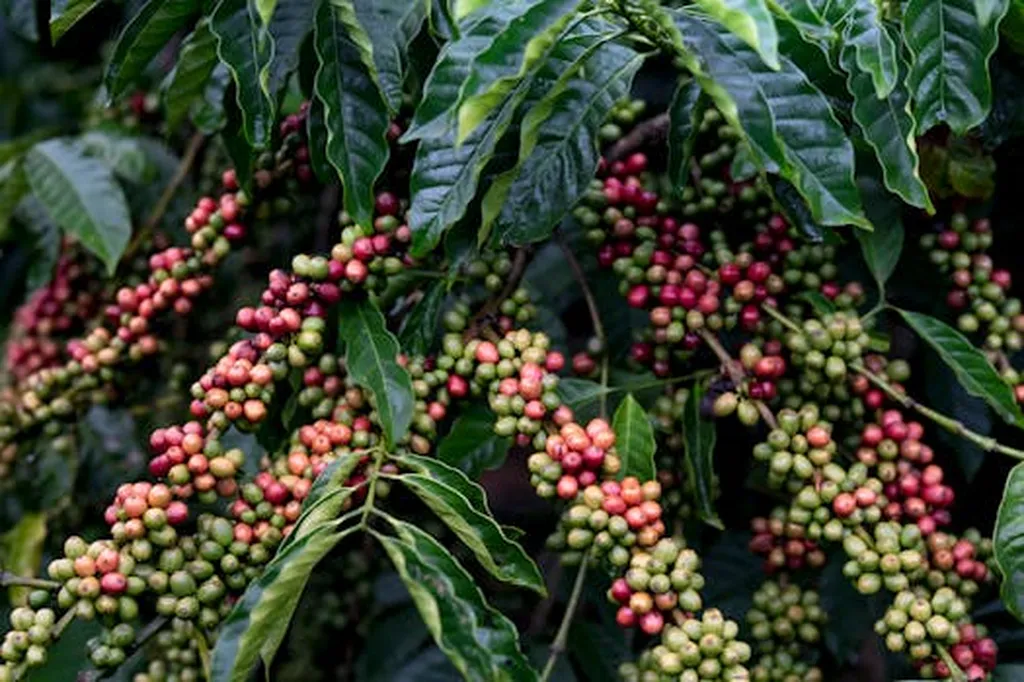In the vast world of plant biology, tiny structures called trichomes are making a big splash. These hair-like formations on the surface of plants have long been known to play crucial roles in defense, water retention, and UV protection. However, a new review published in the journal ‘Molecular Horticulture’ (translated as ‘分子园艺学报’) sheds light on a less explored area: the role of trichomes on fruit surfaces. Led by Ying Fu from the Plant Biotechnology Research Center at Shanghai Jiao Tong University, this research could have significant implications for agriculture and biotechnology, particularly in enhancing crop productivity and sustainability.
Trichomes, often overlooked, are specialized epidermal structures found on most plant organs. They act as a first line of defense against herbivores, reduce water loss, and shield plants from harmful UV radiation. “Trichomes are like the plant’s personal bodyguards,” explains Fu. “They protect the plant from various environmental stresses, and understanding their functions can help us develop more resilient crops.”
While trichomes have been extensively studied in leaves and other plant tissues, their role in fruits remains a mystery. Fruits, being the most economically valuable organs of many horticultural plants, often have trichomes on their surface. However, the specific functions and regulatory mechanisms of fruit trichomes are not well understood. This gap in knowledge is what Fu and her team aim to address.
The review highlights the importance of controlling trichome development and the biosynthesis of trichome-derived specialized metabolites. These processes are common defensive strategies adopted by plants to protect themselves from environmental stresses. By understanding these mechanisms, researchers can potentially enhance crop resistance to pests and diseases, reduce water loss, and improve overall plant health.
One of the most exciting aspects of this research is its potential application in the energy sector. Trichomes can influence the surface properties of fruits, affecting their post-harvest quality and shelf life. For instance, trichomes can reduce water loss, which is crucial for maintaining the freshness of fruits during storage and transportation. This could lead to significant reductions in food waste, a major challenge in the agricultural industry.
Moreover, trichomes can also play a role in the biosynthesis of specialized metabolites, which have various industrial applications. These metabolites can be used in the production of biofuels, pharmaceuticals, and other high-value products. By manipulating trichome development and metabolism, researchers can potentially enhance the production of these valuable compounds, opening up new avenues for agricultural and biotechnological innovation.
The research led by Ying Fu represents a dynamic area of plant biology with significant implications for agriculture and biotechnology. As we continue to face challenges such as climate change and food security, understanding the functions and regulatory mechanisms of fruit trichomes could be a game-changer. By enhancing our knowledge in this area, we can develop more resilient crops, reduce food waste, and explore new opportunities for sustainable agriculture and bioenergy production.
In the words of Fu, “This review is just the beginning. There is still much to learn about fruit trichomes, and we are excited to explore the possibilities they offer for advancing agricultural sustainability and productivity.” As we delve deeper into the world of trichomes, we may unlock the secrets to a more sustainable and productive future.

